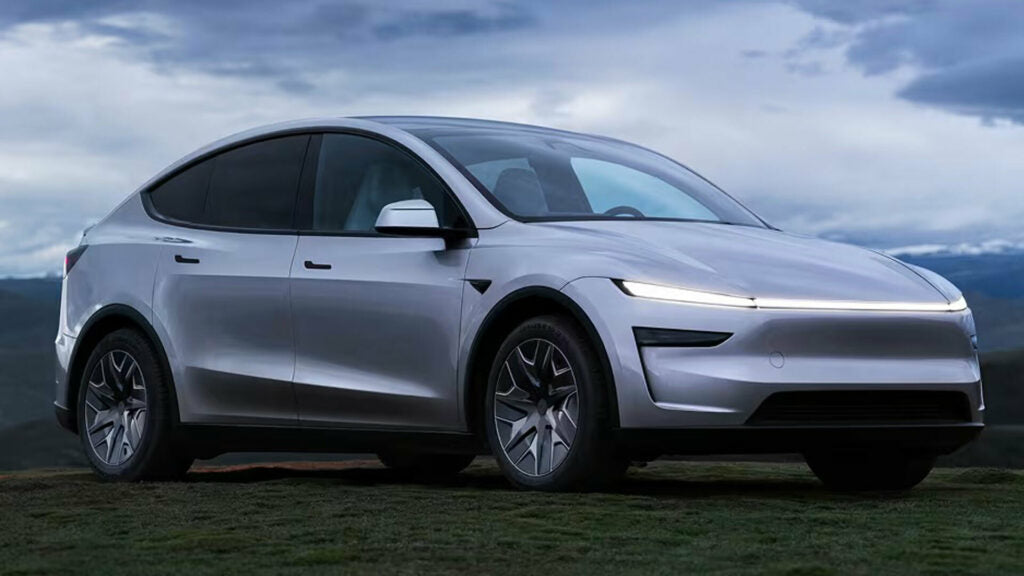As electric vehicle (EV) ownership grows, more homeowners are making long-term decisions about installing Level 2 charging equipment. One critical choice is whether to power your EV charger via a NEMA 14-50 outlet or to go with a hardwired installation. While both methods can deliver the same voltage and amperage (typically 240V/40–50A), they differ significantly in terms of safety, cost, flexibility, code compliance, and performance.
In this article, we’ll compare these two installation methods and help you determine which is more suitable for your charging needs.
1. What Is a NEMA 14-50 Outlet?
The NEMA 14-50 is a heavy-duty 240-volt outlet traditionally used for appliances like RVs, electric ovens, and recently, EV charging. It offers:
-
4-prong design (two hots, one neutral, one ground)
-
50-amp rating
-
Compatibility with portable EV chargers equipped with a 14-50 plug
Installing a NEMA 14-50 outlet allows you to plug in and unplug your charger at will, which makes it ideal for those looking for flexibility or renters who might relocate.

2. What Is a Hardwired EV Charger?
A hardwired EV charger is permanently connected to your home’s electrical system. This installation method runs the power wiring directly into the charger without the use of a plug or outlet. The EVSE (Electric Vehicle Supply Equipment) is fixed in place, providing a permanent charging solution.

3. Key Comparison: NEMA 14-50 vs Hardwired
Below is a side-by-side comparison chart showing the main factors to consider:
| Feature | NEMA 14-50 Outlet | Hardwired Installation |
|---|---|---|
| Installation Type | Plug-in | Direct wiring |
| Code Compliance (NEC) | Often discouraged in new installs | Recommended by NEC for >40A loads |
| Safety & Heat Risk | Moderate (outlet wear over time) | Lower (fewer connection points) |
| Installation Cost | Lower upfront | Higher (requires electrician) |
| Flexibility | High (portable/removable) | Fixed (not easily moved) |
| Durability | Outlet may degrade with cycles | Longer-lasting connection |
| Weatherproofing | Limited (unless enclosed box) | Better sealed |
| UL Listing | Only if outlet + charger are listed | Charger unit usually UL-listed |
4. Safety and Fire Risk
While both methods can be installed safely, the NEMA 14-50 outlet carries a higher fire risk when improperly installed or paired with low-quality components. Over time, repeated plugging and unplugging can lead to:
-
Loose connections
-
Arcing
-
Heat buildup
-
Melting or fire
The National Electrical Code (NEC) 2023 edition strongly recommends hardwiring for continuous loads above 40 amps, which includes most EV chargers delivering 9.6kW or more.
🔥 Real-World Issues with NEMA 14-50:
-
Cheap outlets made of aluminum or thin brass overheat under continuous 40A loads.
-
Improperly torqued terminals loosen over time, increasing resistance.
-
Moisture intrusion can cause corrosion, especially in garages.
5. Code Compliance and Local Regulations
As of NEC 2023:
-
Hardwired EV chargers are mandatory in some jurisdictions for >40A continuous loads.
-
Many local codes are starting to disallow new 14-50 installations for EV charging unless rated only at 32A.
Hardwiring ensures inspection and permits are enforced, while plug-in outlets may bypass scrutiny if installed by unlicensed individuals.
6. Installation and Cost Differences
NEMA 14-50 Outlet
-
Cost: $300–$800 (materials + electrician)
-
You can DIY if permitted, but this introduces risk
-
May require GFCI breaker per code
Hardwired
-
Cost: $600–$1,200+
-
Requires a licensed electrician
-
Typically includes permit and inspection
While the plug-in option is cheaper, hardwiring brings long-term safety and compliance advantages, especially in high-amperage settings.

7. Maintenance and Longevity
NEMA 14-50 outlets are mechanical connections that degrade with time:
-
Socket tension wears out
-
Contacts loosen
-
Carbon builds up from repeated cycles
Hardwired units, by contrast, are sealed and stationary, reducing points of failure. With fewer moving parts, hardwired EVSEs typically outlast plug-in chargers.
8. Use Cases: When to Choose Which?
Choose NEMA 14-50 If:
-
You rent your home and plan to take the charger with you
-
You use a portable Level 2 charger
-
You need flexibility to switch between chargers

Choose Hardwired If:
-
You own your home and want a permanent, code-compliant setup
-
Your charger is rated for 40A or higher
-
You want minimal maintenance and maximum safety
9. Industry Trends and Manufacturer Shifts
Several leading EVSE manufacturers, such as ChargePoint, Wallbox, and Emporia, now ship only hardwired versions of their higher-capacity chargers. Tesla’s Wall Connector has also moved toward hardwiring for home installations to align with NEC guidance.
10. Final Verdict: Safety First
While NEMA 14-50 outlets offer short-term convenience and cost savings, they introduce long-term reliability and safety concerns—especially for high-powered, continuous-load EV chargers. If your charging needs are long-term, hardwiring is the superior choice.
Not only does it provide a cleaner, safer installation, but it also aligns with evolving electrical codes and eliminates the plug-related issues that plague many NEMA 14-50 setups over
time.
🔧 Pro Tip for Homeowners
If you insist on using a NEMA 14-50 outlet:
-
Always use UL-listed, copper-based outlets
-
Install a GFCI-protected breaker
-
Torque terminals to manufacturer specifications
-
Inspect the outlet regularly for discoloration or heat signs








Share:
Why Cheap NEMA 14-50 Outlets Are a Fire Hazard for EV Charging—and How to Choose the Right One
State EV Rebates and Charging Incentives After Federal Credit Cuts